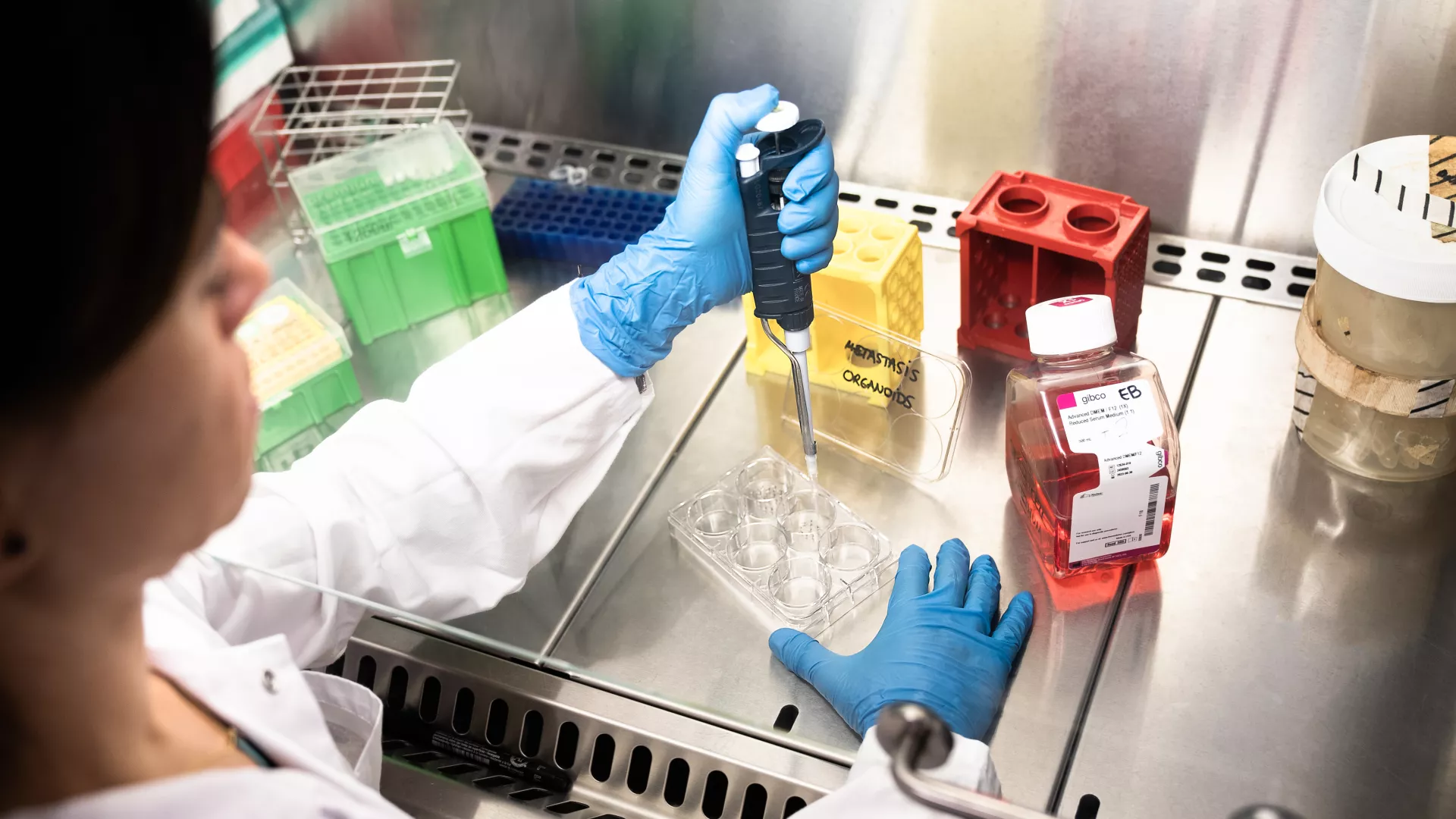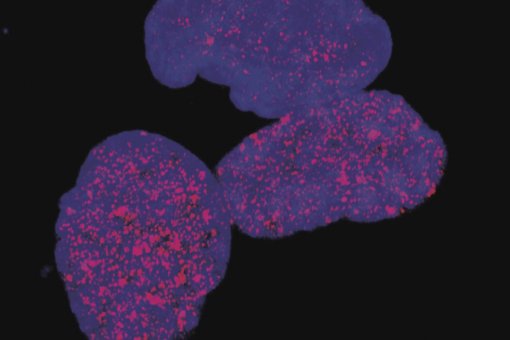Images
Contact

Researchers at IRB Barcelona identify a new component that regulates the development of the tracheal system of the fly Drosophila melanogaster.
Evolution has favored the formation of ramified structures in organisms. This strategy maximizes operative surface, thereby allowing the transport of oxygen and nutrients throughout the organism and the exchange of gases between blood and tissues. In this study, researchers headed by Jordi Casanova at IRB Barcelona have used the tracheal system of the fly Drosophila melanogaster – which develops in a similar way to the vascular system in mammals – to study how networks develop.
The formation of new extensions in ramified systems is regulated by a single cell located at the extremity of each branch. This cell directs the migration of the branch. During embryonic development of the tracheal system, these “leader” cells migrate following FGF (fibroblast growth factor) signals from the environment, in such a way that the more intense the signal the greater the number of ramifications that develop. The results of the study demonstrate that these FGF signals are exquisitely controlled by the protein Sequoia. “We have discovered that Sequoia regulates the expression of FGF; this regulation induces cells to migrate in a controlled fashion and to extend to form the required number of ramifications”, explains Sofia Araújo, first author of the study.
Ramification processes also occur outside development, for example when tissue requires more oxygen or nutrients. In these cases the tissues multiple the ramifications of the vascular system, thereby ensuring the correct supply of substrates. “This is the strategy used by tumor cells. They induce the formation of new blood vessels to ensure the oxygen and nutrients required for growth and development”, states Araújo. Understanding how these ramification processes work is crucial to prevent the development of new blood vessels that feed tumors, one of the most important strategies currently used in anticancer treatment.
Reference article:
Sequoia establishes tip-cell number in Drosophila trachea by regulating FGF levels.
Araújo SJ and Casanova J.
Journal of Cell Science (2011) [doi: doi:10.1242/jcs.085613]
The video shows how embryos that do not express Sequoia form more ramifications in cell migration and show severe alterations in tracheal system development.
About IRB Barcelona
The Institute for Research in Biomedicine (IRB Barcelona) pursues a society free of disease. To this end, it conducts multidisciplinary research of excellence to cure cancer and other diseases linked to ageing. It establishes technology transfer agreements with the pharmaceutical industry and major hospitals to bring research results closer to society, and organises a range of science outreach activities to engage the public in an open dialogue. IRB Barcelona is an international centre that hosts 400 researchers and more than 30 nationalities. Recognised as a Severo Ochoa Centre of Excellence since 2011, IRB Barcelona is a CERCA centre and member of the Barcelona Institute of Science and Technology (BIST).





